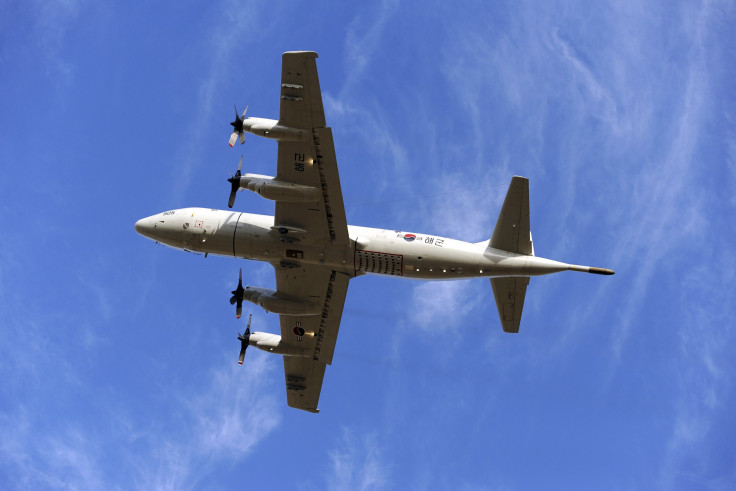Flight MH370 Update: 'Rogue Pilot' Theory May Be Considered By Investigators

Investigators searching for Malaysia Airlines flight MH370 in an area of the Indian Ocean confirmed Friday they are still working off the assumption that the aircraft was flying on autopilot when it ran out of fuel in March 2014.
But an official from the Australian Transport Safety Bureau said if the aircraft is not located in the designated search area, it is possible the pilot was in control when the aircraft went down, according to a Guardian report Thursday.
The Boeing-built 777-200ER aircraft disappeared with 227 passengers and 12 crew on board while on a scheduled passenger service to Beijing from Kuala Lampur, March 8, 2014.
Investigators are currently working from the so called ghost flight theory — that the aircraft continued on autopilot for around six hours from the moment it was last recorded by satellite until it ran out of fuel. That gives investigators an approximate search area of around 60,000 square kilometers (46,000 square miles) not far from the west coast of Australia. The alternate "rogue pilot" theory suggests the pilot took control at some point during the final six hours and took the aircraft down purposefully, meaning the aircraft could be in a completely different area.
MH370 search: 'rogue pilot' theory still on Australian investigators' radar https://t.co/c5SqjLwwi4
— Guardian World (@guardianworld) February 19, 2016
If the plane is not found by the time the current search is due to be completed in June, a theory of the plane's disappearance will need to be given to the Malaysian government, which will deliver its final report on MH370 before the end of 2016.
"We will have to explain to governments what the alternative is," ATSB Chief Commissioner Martin Dolan told The Times of London this week, which he said includes the possibility that the pilot was still in control when the aircraft went down.
Despite Dolan's comments, the ATSB said search teams "haven’t seen anything to change our perspective on the search."
In response to Dolan’s comments, the Malaysian government said that it is still working on the assumption that there “were no control inputs at the end of the aircraft’s flight.”
“It is not ATSB’s role to put forward theories about what may have happened or why,” Malaysian government officials added. “Mr. Dolan has indicated the sorts of considerations that might need to be addressed in a report to governments at the conclusion of the search.”
© Copyright IBTimes 2024. All rights reserved.












